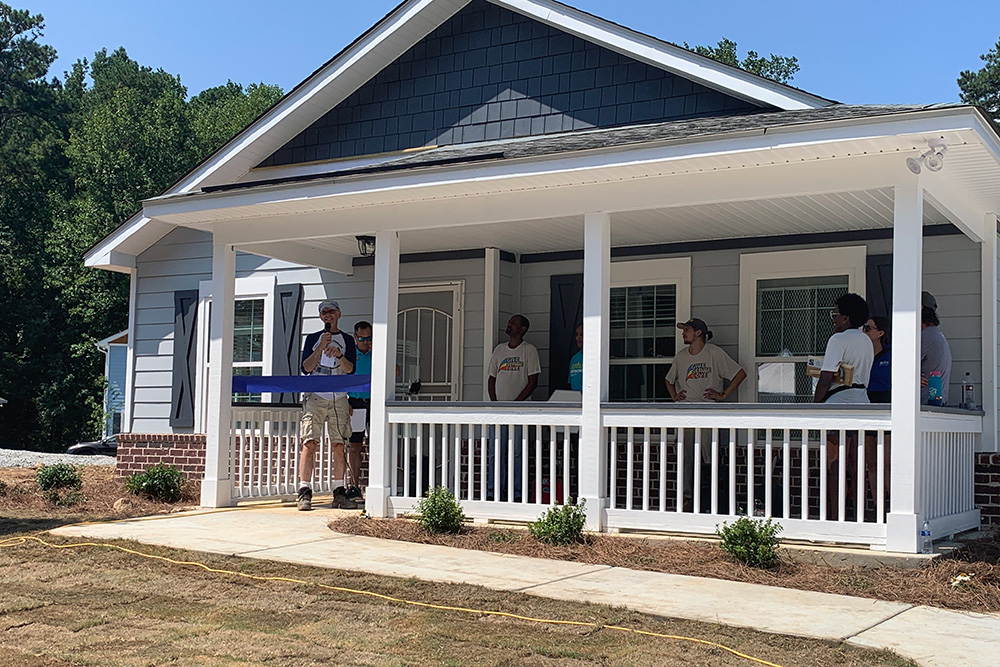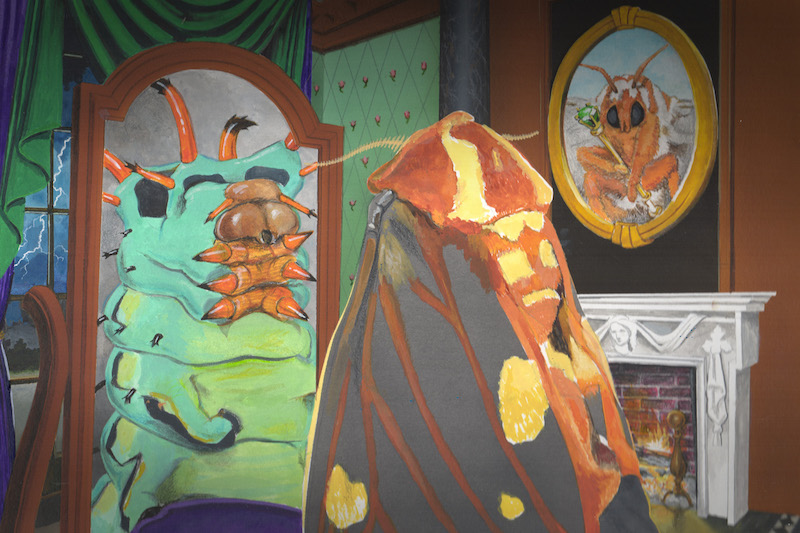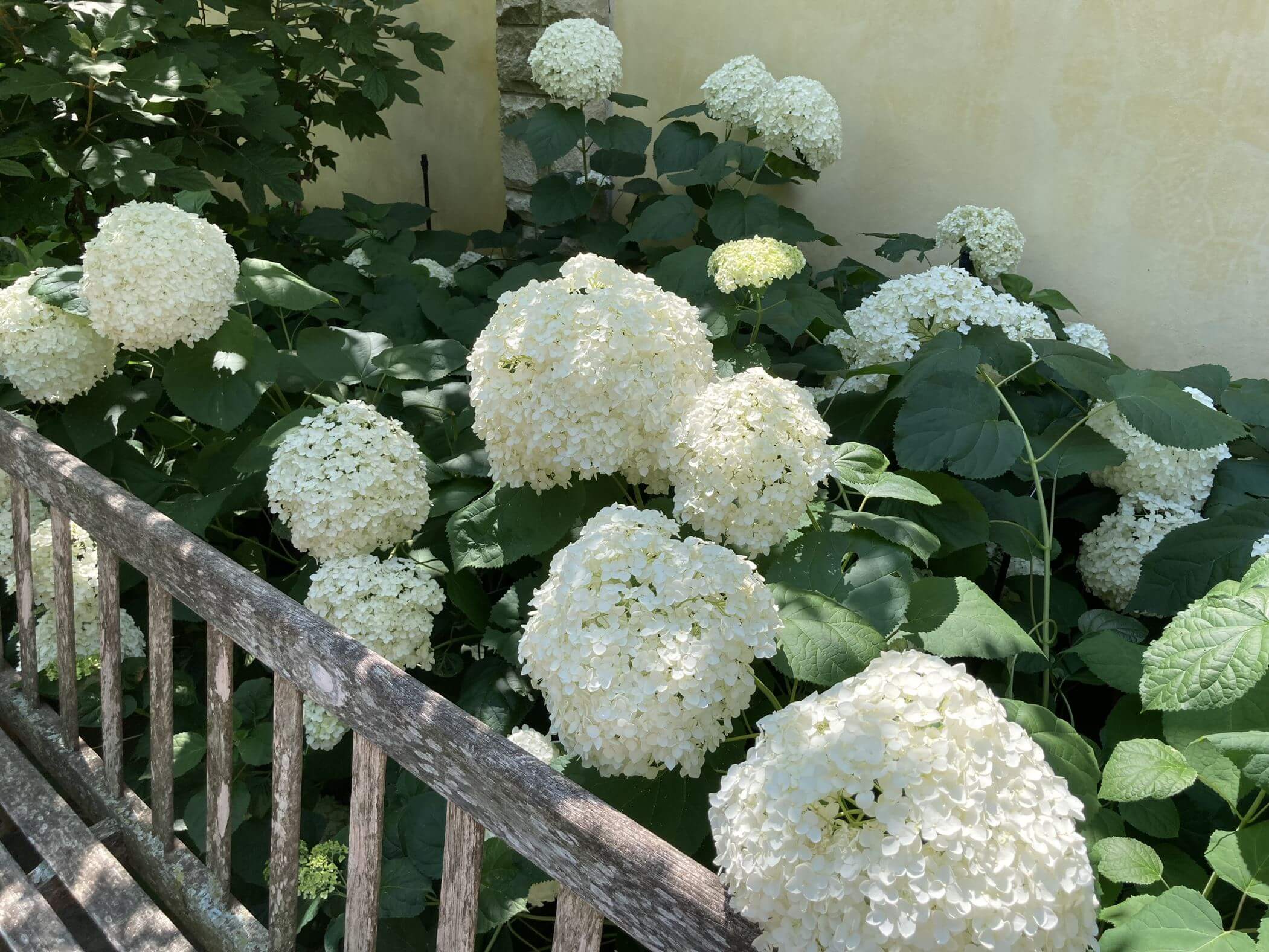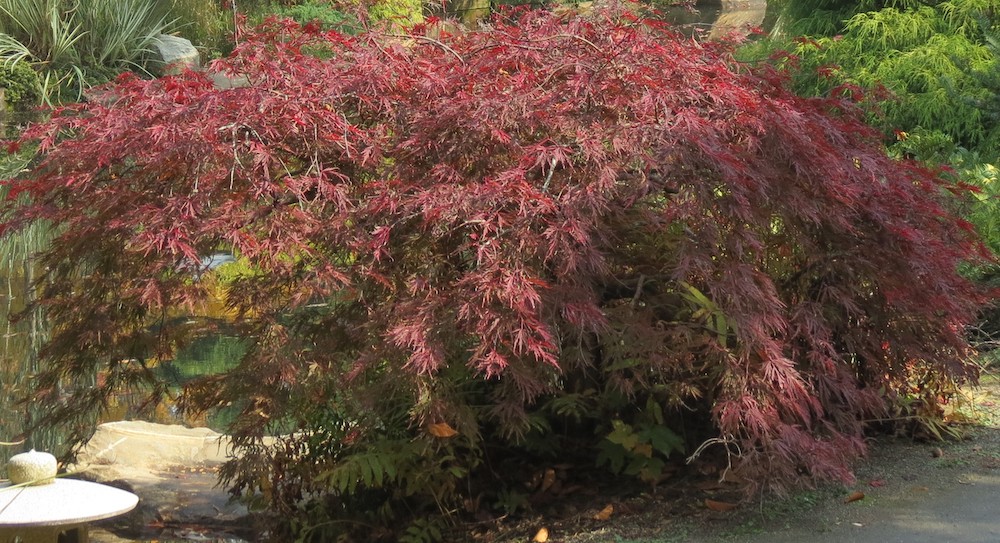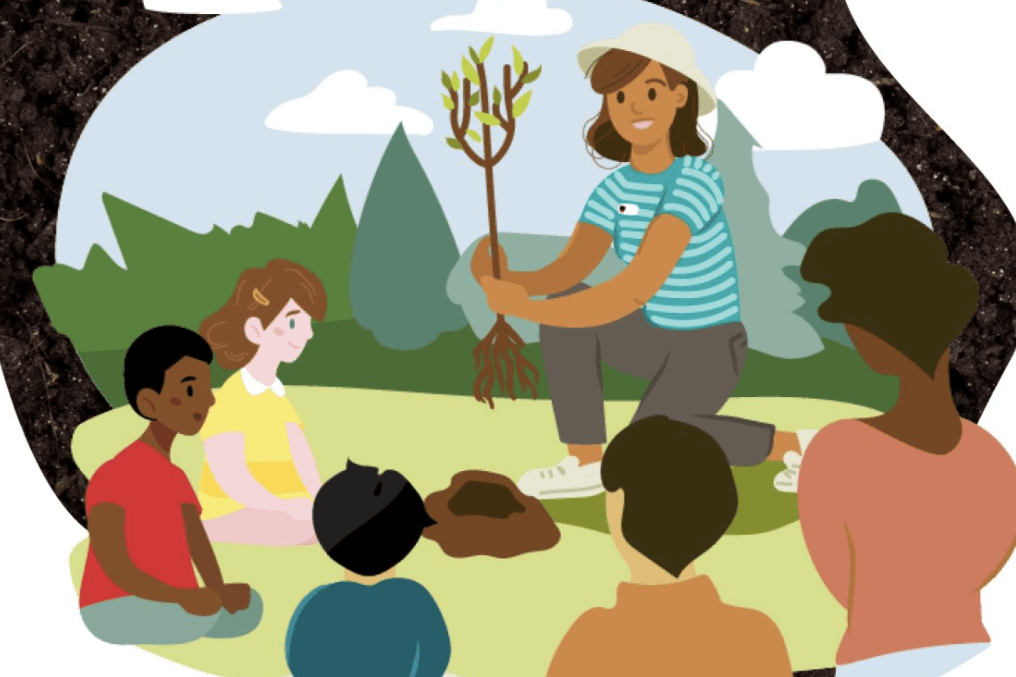How a shrub or tree is planted determines whether it dies, struggles to grow or takes off and thrives.
Check roots
To help plants get a good start, check the root system when you remove the plant from its pot. If roots are circling inside the pot and/or crossing over one another (girdling), prune at the crossover so the roots will grow outward. If this problem is not corrected the roots will continue to encircle themselves. This will result in poor plant growth.
Pay attention to how close the top of the root system is to the soil surface. Do not plant too deep. Soil placed over the top of the roots tends to compact the soil, making less air available to the root system. Covering the top of the root ball with too much soil will suffocate the plant.
Dig a big hole
When digging the hole that will become the plant’s new home, make sure it is two to three times wider than the size of the root diameter. A larger hole allows the plant’s root system to grow into the freshly loosened soil. It should be a shallow depth, so that the root ball is a few inches above the surrounding soil, with the surface gently sloping away from the hole.
Do not overwater after planting. More often than not, people water new plants every day for many weeks after planting. Since the plant is freshly set, its root system is still quite small. Plants need both water and air around their roots, so the soil should not be too wet. Too much water will cause the plant to lose new roots. Since there is a relation between roots and the amount of top canopy growth, the plant ceases to grow.
Do not apply fertilizers in the planting hole or too early after planting. Place some composted manure in the planting hole and you will not be likely to run into problems. It is best not to fertilize until the plant begins to grow. When the top of the plant starts growing, this indicates the roots have grown.
Follow soil test recommendations
A soil test will reveal the information needed for the plant’s fertilizer needs and determine if pH adjustments need to be made. Call your local University of Georgia Extension office at 1-800-ASK-UGA1 for more information about soil tests.
Young shrubs and trees perform better when competition for resources is minimal. Mulch is the best way to supply the relief they need. Mulch suppresses weeds, conserves moisture, prevents soil compaction from heavy rains and moderates soil temperature.
If your new plant doesn’t begin to take off and grow within six weeks after planting, review your planting method. Once you have chosen a healthy plant, it is up to you to provide the conditions that will enable the plant to thrive in its new site. Provide a wide hole, the necessary nutrients, mulch and water, and your plant will reward you with new growth.


